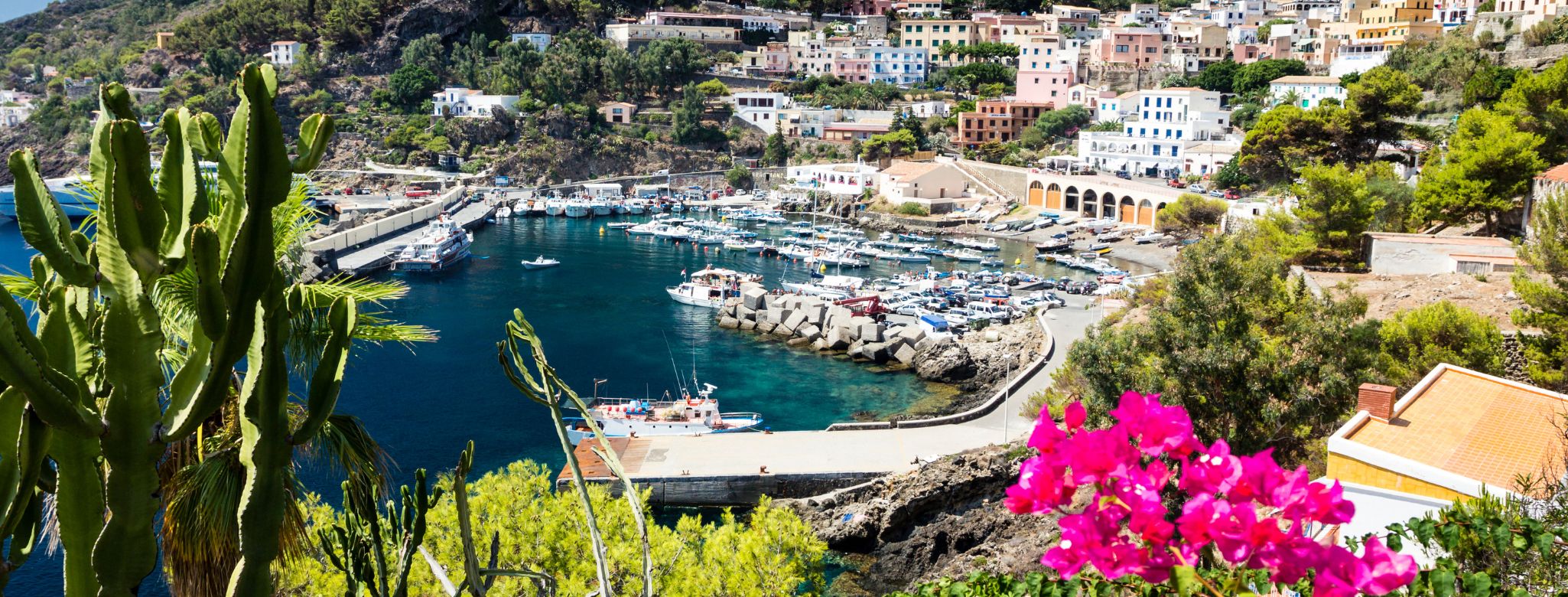SPRING
2021
The way of the knights and pilgrims in Palermo
The red thread is that of pilgrimage and hospitality, promoted in the Middle Ages by the Orders of chivalry, through a path that retraces the places linked to important protectors/symbols of the city, such as Rosalia Sinibaldi and Santa Cristina.
It is the discovery of an ancient and fascinating Palermo, a crossroads of travelers and wayfarers on their way to the holy places. In the beginning, the pilgrim's biscuit will be offered and travel passports will also be distributed.
The Via dei Pellegrini is an ancient stretch of the "Via Francigena" which, passing through the city of Palermo, connected to the city of Messina through the mountains and then reached Jerusalem.
At the end of this street, in an area now known as the "pilgrims' courtyard", is the small Norman jewel dedicated to Santa Cristina who was the patron saint of the city of Palermo before the baroque cult of Santa Rosalia.
The church was founded by Gualtiero Offamilio archbishop of Palermo in 1174 precisely in the place where, according to sources, a ship from Sepino, going up the Papireto river, transported and deposited the relics of the saint. The Norman building has a square plan and has four large pillars that seem to belong to an original tower-shaped structure later adapted to a church.
The second stage is the Church of S. Cataldo, a place dedicated to the investiture of medieval knights, which over the centuries has become a hook of the Holy Sepulcher.
The Church of San Cataldo was born as a private chapel of the palace complex that belonged to Admiral Majone da Bari, who was Grand Chancellor of the Norman King William I between 1154 and 1160.
In 1182, King William II donated the complex to the Benedictine community of Monreale: since then the monks used it as a "gancia", or a place for the care of the sick and pilgrims, and kept it for over six centuries, until 1787. In 1882, it was completely restored by the architect Giuseppe Patricolo and, since 1937, it has been the seat of the Equestrian Order of the Holy Sepulcher of Jerusalem.
The itinerary ends with the Third Stage, the Oratory of S. Caterina d'Alessandria all'Olivella, an oratory embellished with stuccoes by Procopio Serpotta, which since 1946 is destined to be the seat of the Italy-Sicily Lieutenancy of the Equestrian Order of the Holy Sepulcher of Jerusalem and therefore appointed to welcome even today profuse activities towards the Holy Land.
The Oratory of Santa Caterina d'Alessandria was built starting from the end of 1500 after the Confraternity of Santa Caterina had obtained the construction of an Oratory in the Olivella district.
Here, it is said that around 1130 was built the birthplace of the Sinibaldi, the Santa Rosalia family.
Credits to Associazione Culturale Itimed


































